Important JavaScript Libraries and Frameworks

JavaScript is a programming language that is useful for creating dynamic and interactive web applications, but tasks like DOM manipulation and data handling are complex, challenging, and require a lot of coding. This is where the Javascript library and frameworks step in, offering pre-built tools and structures to enhance the efficiency and functionality of development. Let us explore the various Javascript libraries and frameworks with their features and use cases.
What is a JavaScript Library?
A JavaScript library is a collection of a pre-written set of functions that can be integrated into any project. These libraries focus on specific functionalities that simplify and accelerate the development process. These libraries contain reusable code snippets, enabling developers to perform common tasks without the need to start from scratch.
Bringing the Toolbox: Using JavaScript Libraries in Your Projects
The beauty of JavaScript libraries lies in their reusability. They provide pre-built functionality, saving you time and effort while ensuring consistent, high-quality code. But how do you integrate these libraries into your projects? Let's delve into the process, using jQuery as an example.
There are two common ways to add a library to your project:
- CDN Link:
Include a link to the library's Content Delivery Network (CDN) in your HTML's <head> section. This ensures fast loading from geographically distributed servers. The following script tag loads the bootstrap library into your project.
- Local File:
Download the library file and include it in your project folder. Then, reference it in your HTML using a <script> tag pointing to the local path.
Once the library is loaded, you can use its pre-built components to enhance your project's user interface.
JS Library Use Cases
JavaScript libraries find applications in various scenarios, such as:
- For DOM Manipulation of HTML elements and their attributes in the Document Object Model (DOM). Examples: jQuery, D3.js, vanilla JavaScript.
- In Data Visualization for creating interactive and visually appealing representations of data. Examples: Chart.js, Highcharts, Three.js.
- Interacting with databases, handling queries, and managing data retrieval. Examples: Firebase, PouchDB, IndexedDB.
- In Data Handling for efficient processing and managing data within the application.Examples: Lodash, Underscore.js, Ramda.
- For creation Animation by adding dynamic and animated elements to the user interface. Examples: GreenSock Animation Platform (GSAP), Anime.js, Velocity.js.
- In Image Effects through applying filters, transformations, and effects to images. Examples: CamanJS, PixiJS, ImageMagick.
- Simplifying form creation, validation, and handling user input. Example libraries: Formik, Validate.js.
- Providing Math and String Functions for performing mathematical operations and string manipulations easily. Examples: Math.js, Numeral.js, string.js.
Most Popular Libraries in JavaScript
jQuery
jQuery is a fast and lightweight JavaScript library designed to simplify HTML document traversal, event handling, and animation. It is used for creating interactive web pages that change dynamically through DOM manipulation.
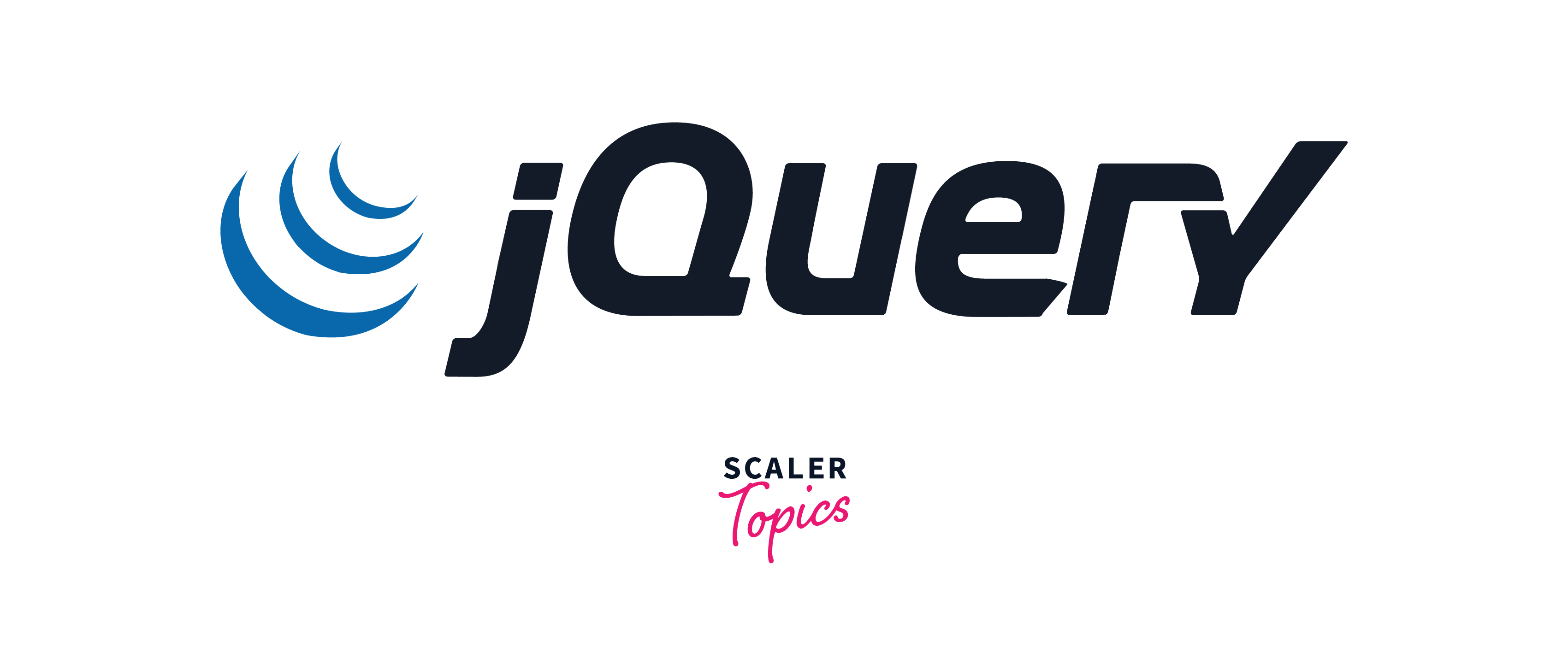
Benefits:
- Easy syntax for DOM interaction
- Extensive plugin ecosystem
- Cross-browser compatibility
Use Cases:
- Dynamically updating content
- Handling events and animations
- Building interactive web pages
Learn more about jquery.
React.js
React.js is a declarative JavaScript library designed for efficiently building user interfaces. It simplifies the creation of reusable UI components, enhancing the development of interactive applications.
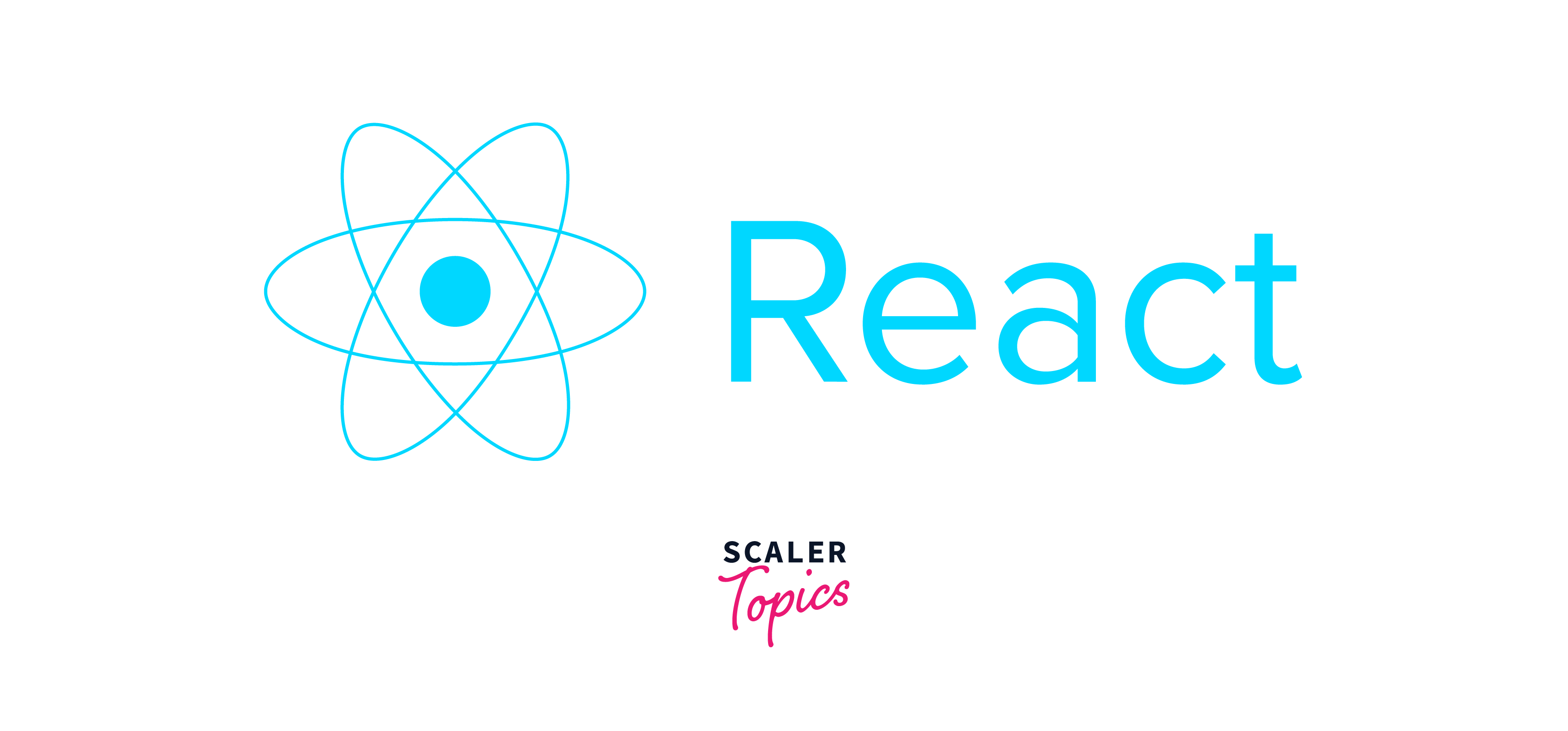
Benefits:
- Virtual DOM for efficient updates
- Declarative approach for maintainable code
- Large and active community
Use Cases:
- Building complex single-page applications (SPAs)
- Creating reusable UI components
- Managing dynamic interfaces
Learn more about React
D3.js
D3.js is a JavaScript library for creating interactive and dynamic data visualizations in the browser. It allows the binding of data to the Document Object Model (DOM) and enables the creation of data-driven visual elements.
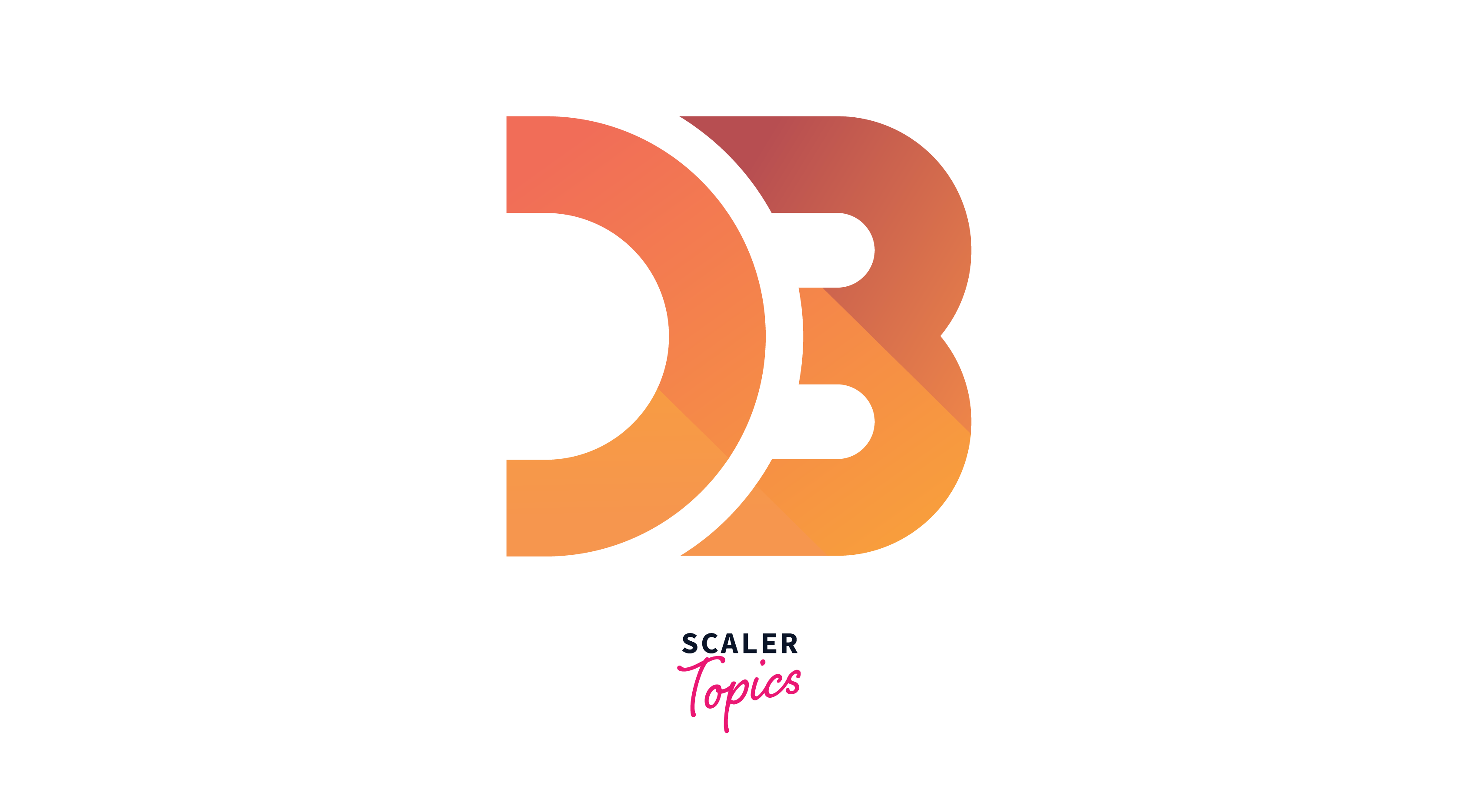
Benefits:
- Highly customizable charts and graphs
- Wide range of visualization capabilities
- Data-driven approach for insights
Use Cases:
- Creating interactive charts, maps, and other data visualizations
- Exploring and presenting complex datasets
- Building dynamic data-driven applications
Learn more about D3.js library .
Underscore.js
Underscore.js is a utility library for JavaScript that provides a variety of helpful functions, such as array manipulation, object iteration, and functional programming helpers. It enhances the capabilities of native JavaScript functions.
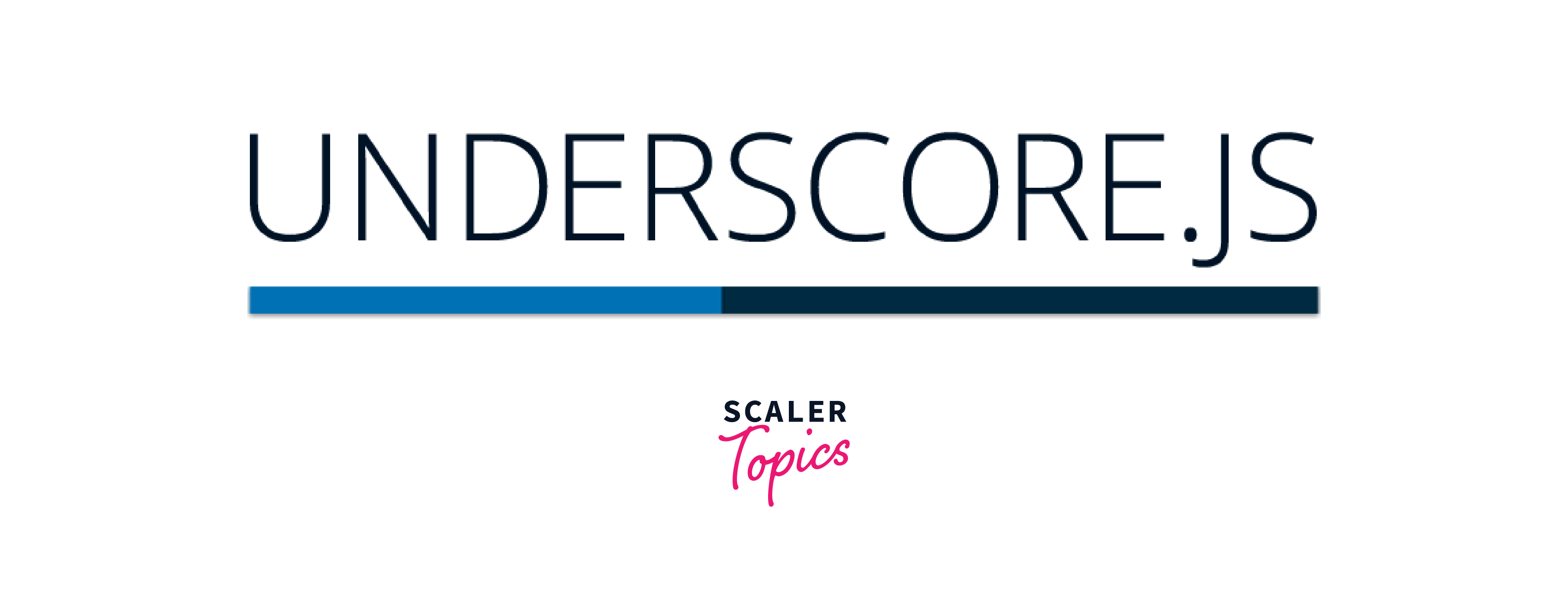
Benefits:
- Introduces functional programming concepts like map, reduce, and filter to JavaScript.
- Familiar syntax for JavaScript developers
- Simplifies working with arrays, objects, and other data structures,
Use Cases:
- Data manipulation (filtering, mapping, reducing)
- Array operations (sorting, merging, searching)
- The template engine in Underscore.js is utilized for dynamically rendering HTML templates with embedded JavaScript.
Lodash
Lodash is a modern JavaScript utility library, similar to Underscore.js, but with additional features and optimizations. It emphasizes performance and provides a consistent and intuitive API for handling common programming tasks.
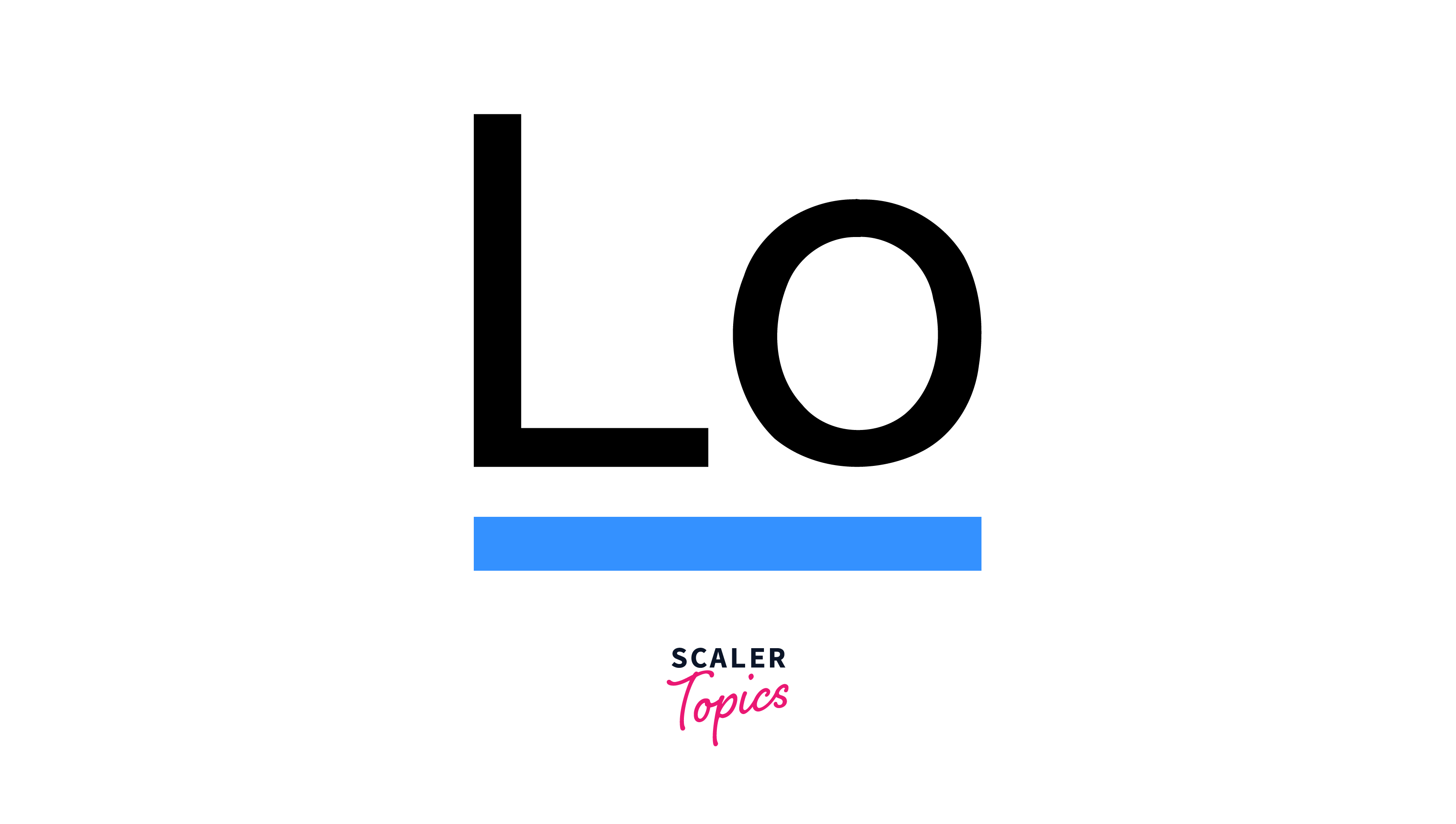
Benefits:
- Extensive feature set beyond Underscore
- Chainable methods for efficient operations
- Active community and consistent updates
Use Cases:
- Asynchronous programming with utilities like debounce and throttle.
- Complex data transformations and performance optimization
- Functional programming best practices
Learn more about Lodash.
Algolia Places
Algolia Places is a JavaScript library that provides an API for searching and retrieving detailed information about places, including cities, countries, and points of interest. It simplifies the implementation of location-based features in web applications.

Benefits:
- Fast and accurate address suggestions
- Integrates seamlessly with various frameworks
- Geocoding capabilities, allowing developers to convert addresses into geographical coordinates.
Use Cases:
- Implementing location search functionalities, such as address forms in web applications
- Streamlining user registration and account creation
- Enhancing e-commerce checkout processes
Anime.js
Anime.js is a lightweight and flexible JavaScript animation library that is used to create dynamic animations.
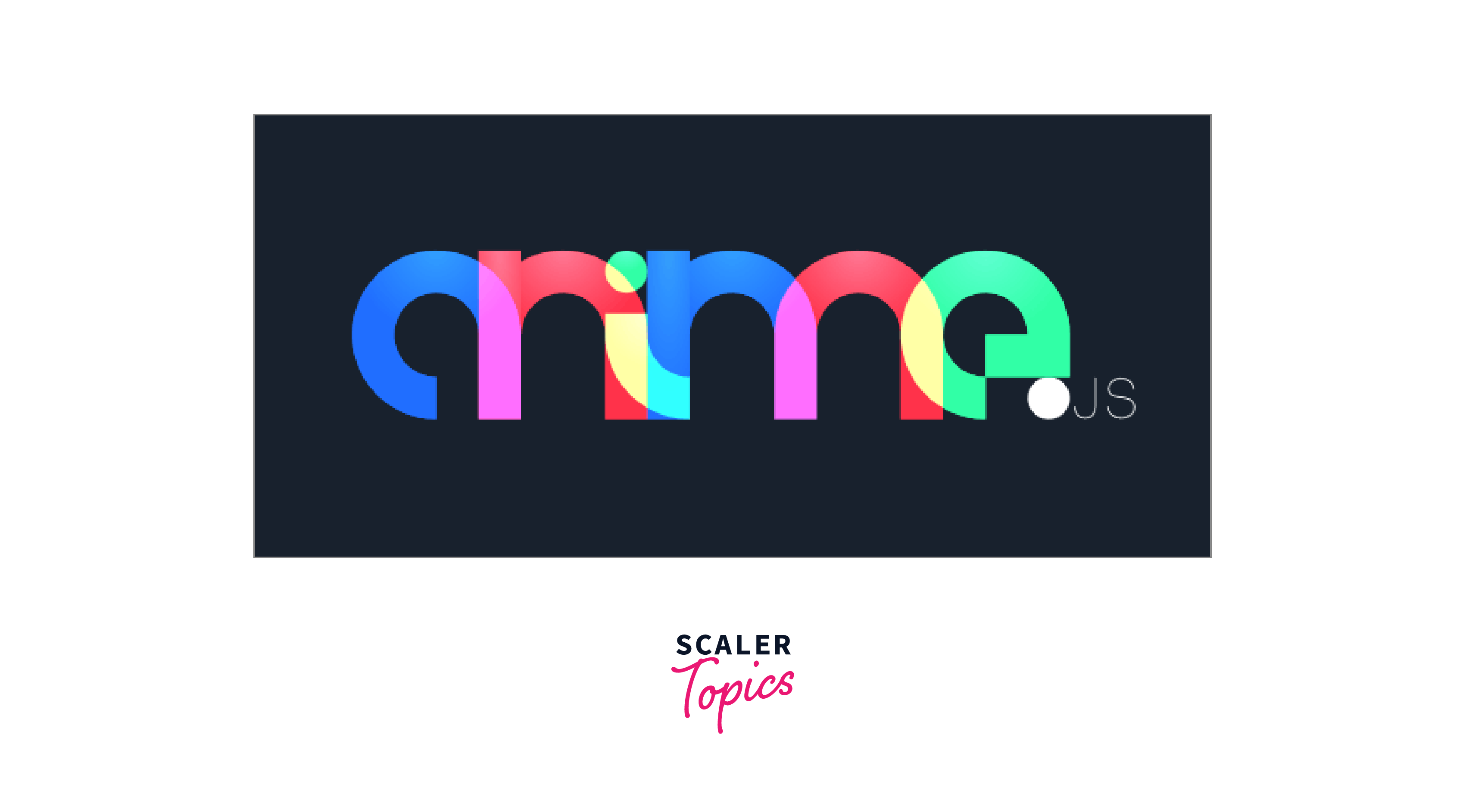
Benefits:
- Lightweight and performant
- Simple API for animating various properties
- Supports advanced timing functions and easing
Use Cases:
- Adding basic and complex animations to web pages
- creating smooth transitions between different sections or pages of a website.
- Implementing micro-interactions for better user engagement
Learn more about creating animation withanime.js libray.
Bideo.js
Bideo.js is a JavaScript library specifically designed for implementing full-screen video backgrounds on web pages. It simplifies the process of adding dynamic and immersive video backgrounds.

Benefits:
- Cross-browser compatibility and accessibility
- Wide range of customization options including performance optimization.
- Supports multiple video sources and formats
Use Cases:
- Embedding videos in web pages with responsive layouts
- Adding playback controls and customization options
- Building video-based applications such as event websites
Chart.js
Chart.js is a JavaScript charting library that enables developers to create interactive and visually appealing charts for data visualization.
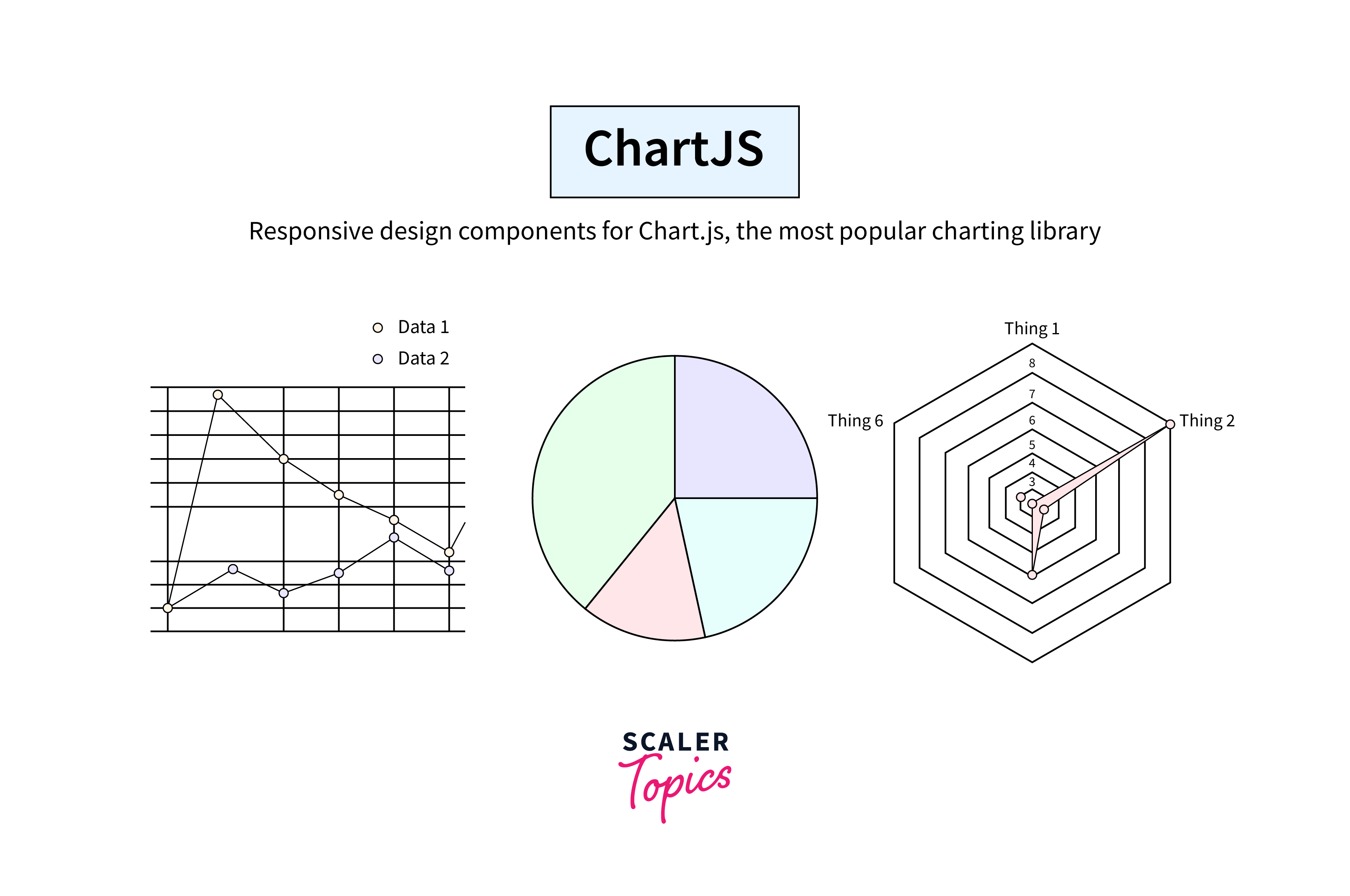
Benefits:
- Simple API for creating various responsive charts that adapt to different screen sizes
- Customization options for colors, labels, and styles
- Integrates with various frameworks and libraries
Use Cases:
- Visualizing data in bar charts, line charts, pies, and more
- Creating interactive charts with tooltips and hover effects
- Presenting data insights clearly and engagingly for reports or in real time.
Learn more about chart.js library.
Cleave.js
A lightweight and dependency-free JavaScript library that simplifies the process of formatting input fields, particularly for tasks such as credit card numbers, dates, and phone numbers.
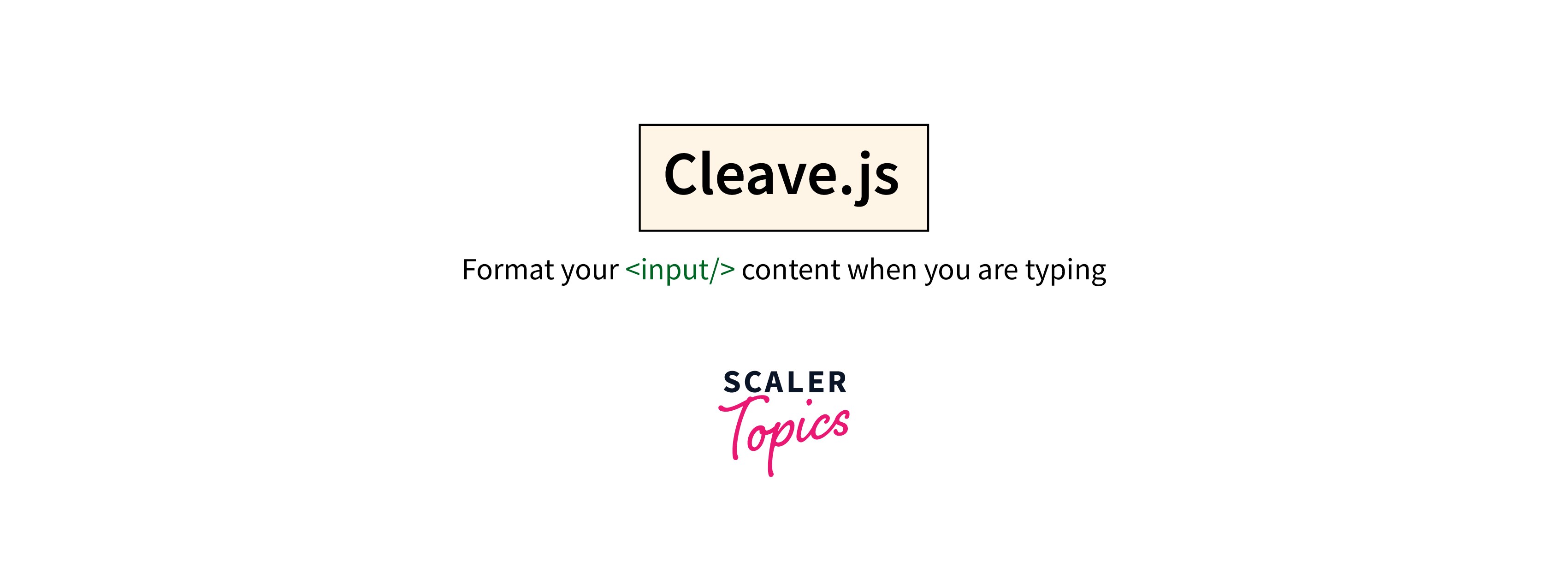
Benefits:
- User-friendly input formatting for various data types (e.g., phone numbers, credit cards)
- Customizable appearance and validation rules
- Supports different languages and locales
Use Cases:
- Building user-friendly forms with auto-formatting inputs
- Improving data accuracy and reducing user errors
- Enhancing user experience for specific input needs
Choreographer.js
A JavaScript library designed for managing complex and synchronized animations on the web. It provides a timeline-based approach, allowing developers to sequence and coordinate multiple animations effortlessly.
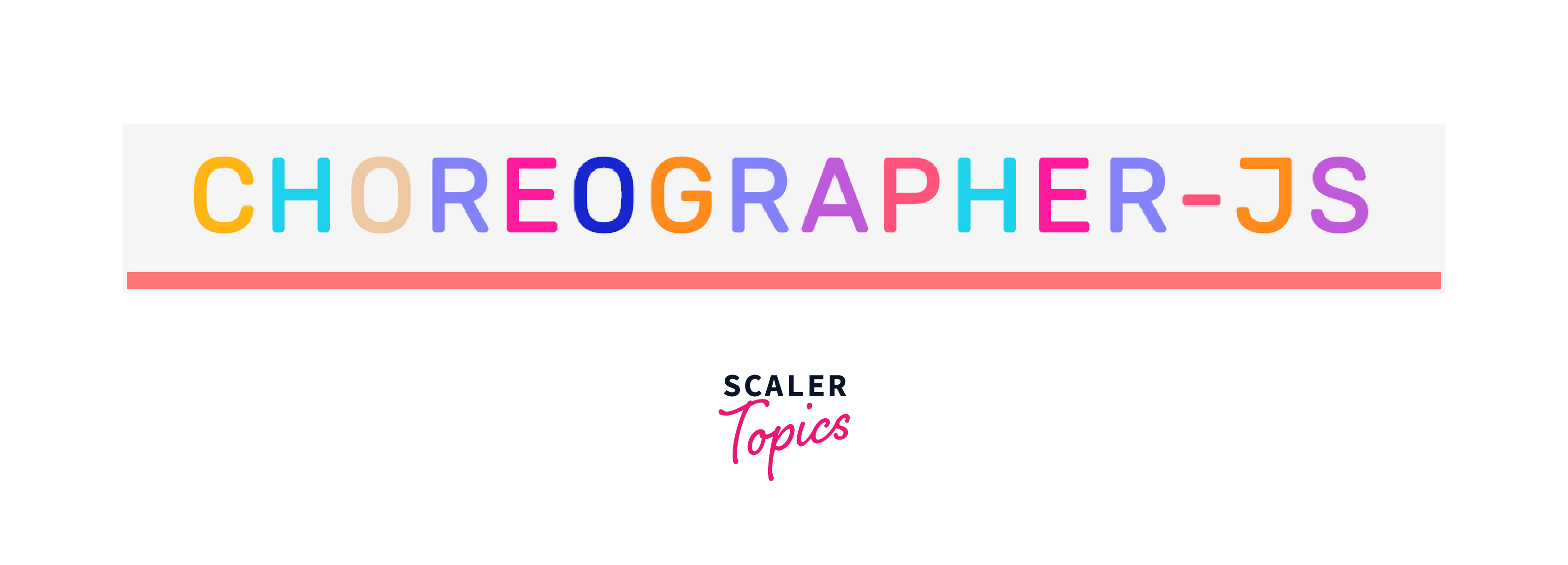
Benefits:
- Simple API for managing complex animations based on various triggers (scroll, mouse position, time)
- Allows chaining and combining animations for smooth transitions
- Lightweight and performant
Use Cases:
- Creating scroll-triggered animations and interactive elements
- Building dynamic and engaging user interfaces
- Handling complex animation sequences efficiently
fullPage.js
A JavaScript library specifically designed for building single-page websites with smooth scrolling and full-screen sections.
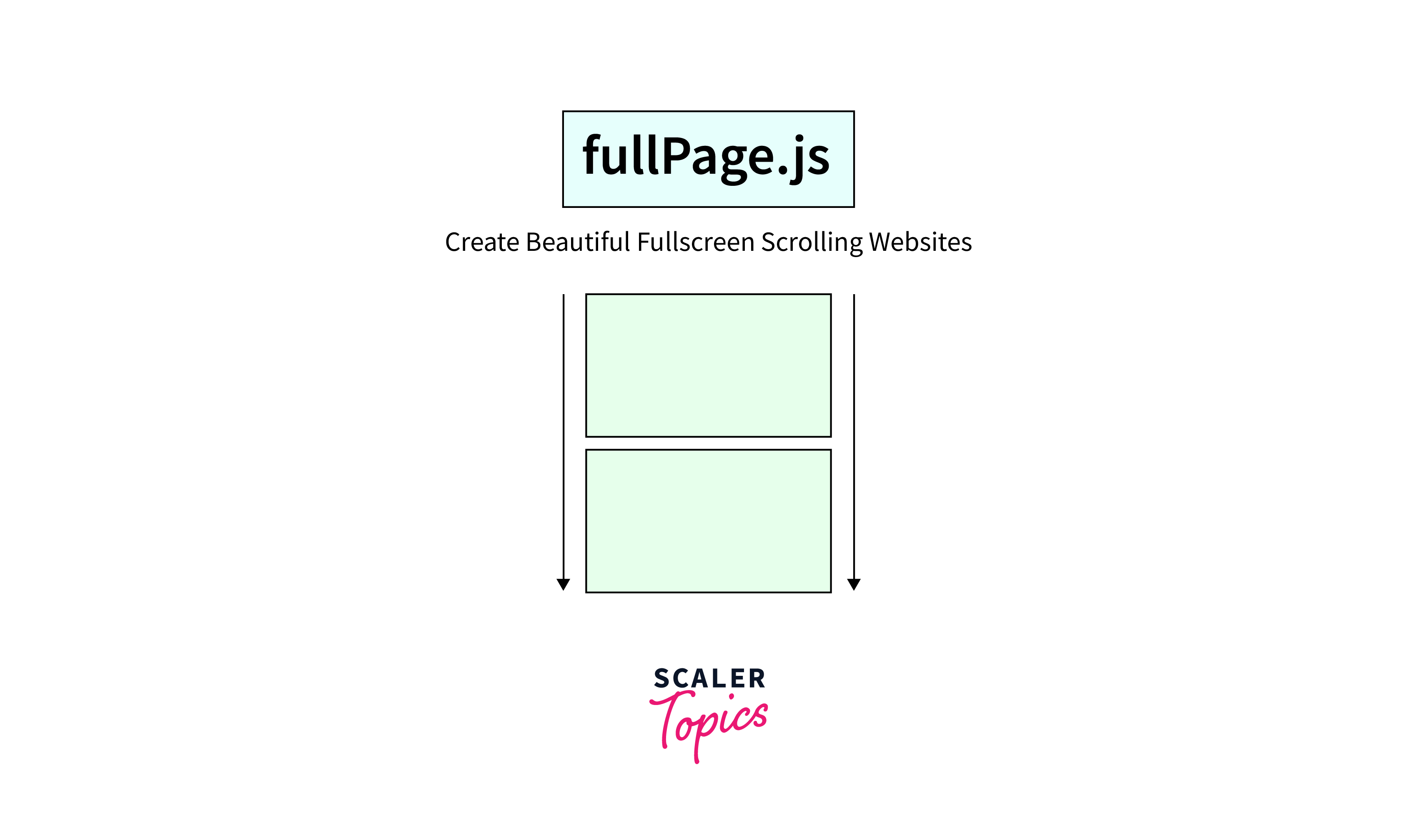
Benefits:
- Creates smooth, section-based scrolling experiences
- Customizable appearance and animations like smooth scrolling for transitions
- Responsive full-screen sections and touch-friendly for mobile devices
Use Cases:
- Building one-page landing pages and portfolios
- Creating long-scrolling storytelling experiences
- Offering a unique and engaging navigation style
What is a JavaScript Framework?
A JavaScript framework is a pre-designed structure with architecture and flow of an application, promoting a structured and efficient development approach. They provide guidelines, tools, and best practices, enabling developers to create robust and scalable software.
Use Cases
- Creating Single-Page Applications(SPAs), where a single HTML page dynamically updates content, providing a responsive user experience.
- Modular development by providing a modular architecture, allowing developers to create reusable components.
- Some frameworks provide solutions for server-side rendering. This optimizes page load times and improves search engine optimization (SEO), making the application more efficient and accessible.
- Creating backend applications and REST APIs that process incoming requests and send responses.
- Javascript library can also be used to create browser-based video games.
Library Vs. Framework
| Aspect | Library | Framework |
|---|---|---|
| Control Flow | Developers have more control and flexibility. | Frameworks control the flow of the application, defining the overall structure. |
| Dependency | Independent modules; can be used selectively. | Integrated components; often require using the entire framework. |
| Inversion of Control | Developers maintain control. | Frameworks enforce inversion of control, dictating the flow and structure of the application. |
| Size | Smaller in size. | Typically larger due to built-in features and structure. |
| Flexibility | More flexibility in choosing components. | Offers less flexibility as the overall structure is predefined. |
| Application Type | Suitable for projects requiring specific features. | Suited for larger projects where consistency and structure are crucial. |
| Examples | jQuery, Lodash, Moment.js | React, Angular, Vue.js |
Most Important Frameworks in JavaScript
AngularJS
AngularJS is a powerful front-end framework developed and maintained by Google. It follows the Model-View-Controller (MVC) architecture and facilitates the development of dynamic, single-page web applications with enhanced user interactivity.
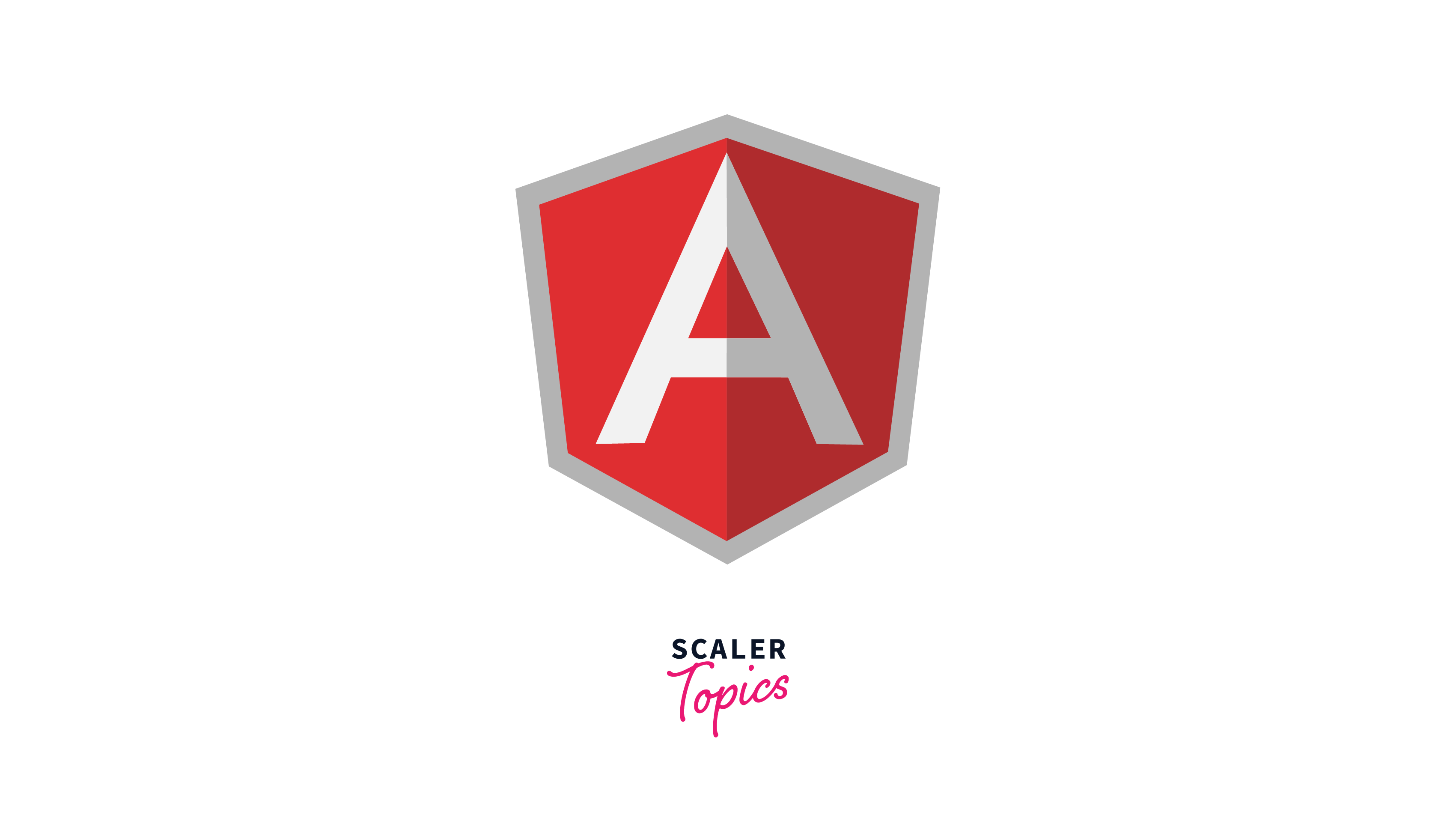
Benefits:
- Structured architecture for complex applications.
- Modular approach, allowing developers to create reusable components.
- Dependency injection, for the development of loosely coupled
Use Cases:
- Enterprise-level web applications.
- Complex single-page applications (SPAs).
- Data-heavy applications with two-way data binding needs.
Learn more about Angular Framework.
Bootstrap
Bootstrap is a framework that simplifies the process of designing responsive and visually appealing web pages. Developed by Twitter, Bootstrap provides a collection of CSS and JavaScript components for efficient and consistent web development.
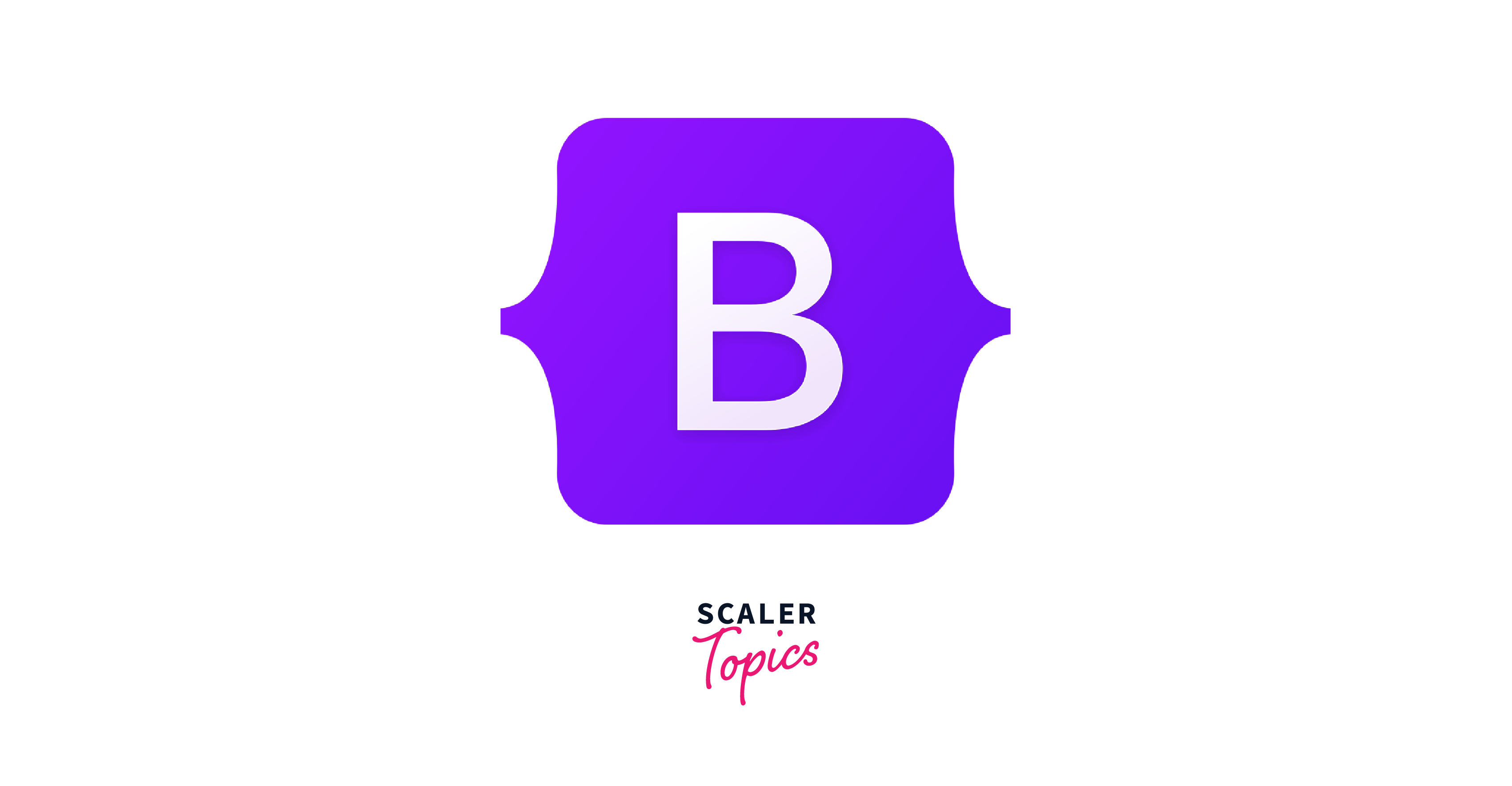
Benefits:
- Rapid development of visually appealing interfaces and pre-designed UI components.
- Responsive layouts for various devices.
- Consistent styling across projects.
Use Cases:
- Building basic to complex web pages with mobile-first design.
- Prototyping and designing user interfaces quickly.
- Maintaining consistent styling across a website or application.
Learn more about using Bootstrap in your project.
Vue.js
Vue.js excels in creating dynamic and interactive user interfaces. Known for its simplicity and adaptability, Vue.js is designed for seamless integration into existing projects or for building entire applications.
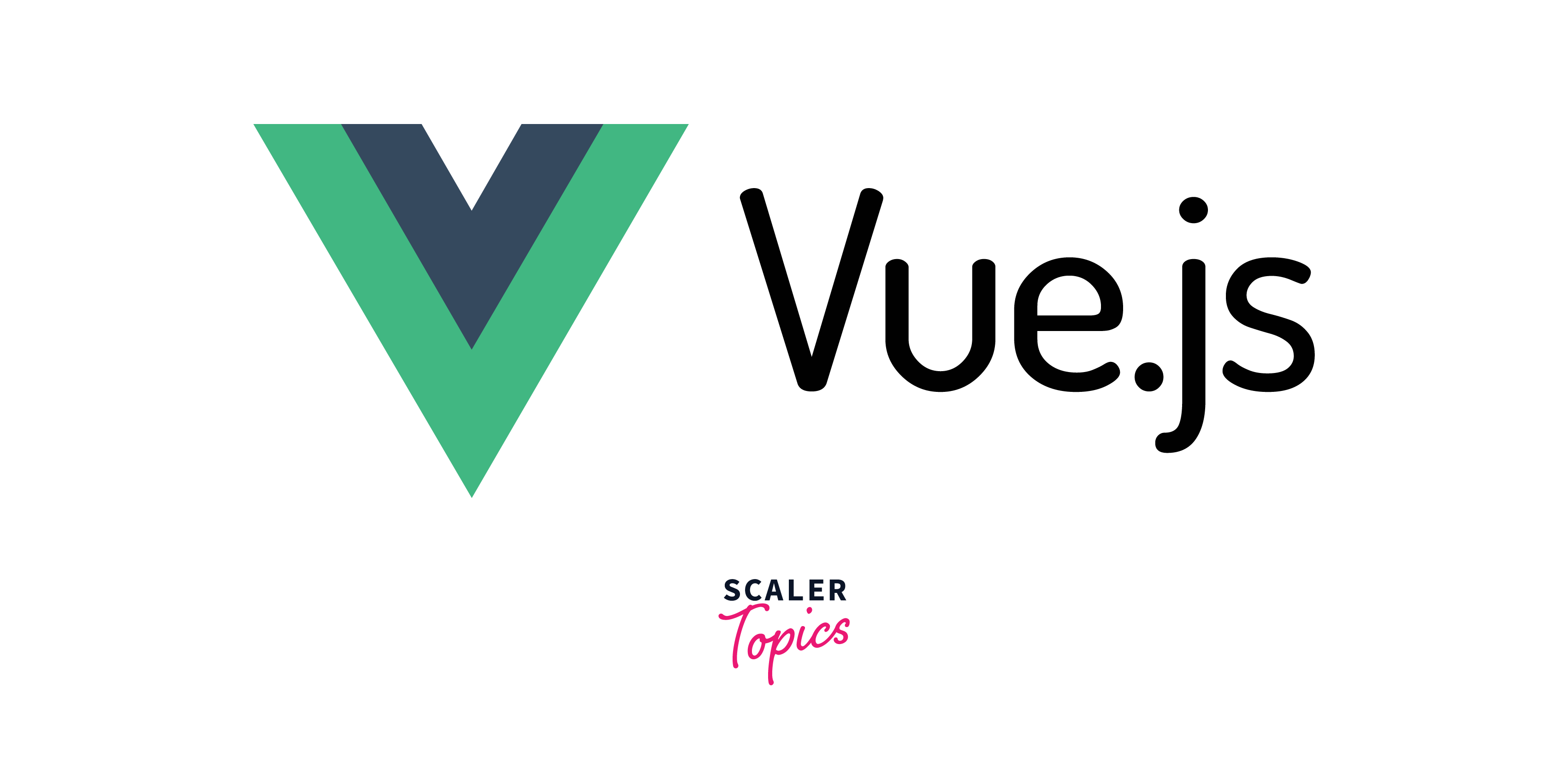
Benefits:
- Flexible and approachable design that can be easily learned.
- Component-based architecture, promoting reusability and maintainability.
- Performant virtual DOM for efficient updates.
Use Cases:
- Building interactive web interfaces and SPAs.
- Creating progressive web apps (PWAs) for rapid prototyping and building proof-of-concept applications.
- Adding interactivity to existing web pages.
Learn more about Vue.js.
Ember.js
Ember.js is a robust JavaScript framework for building ambitious web applications. It follows the convention over configuration (CoC) principle, providing a structured architecture for the development process.
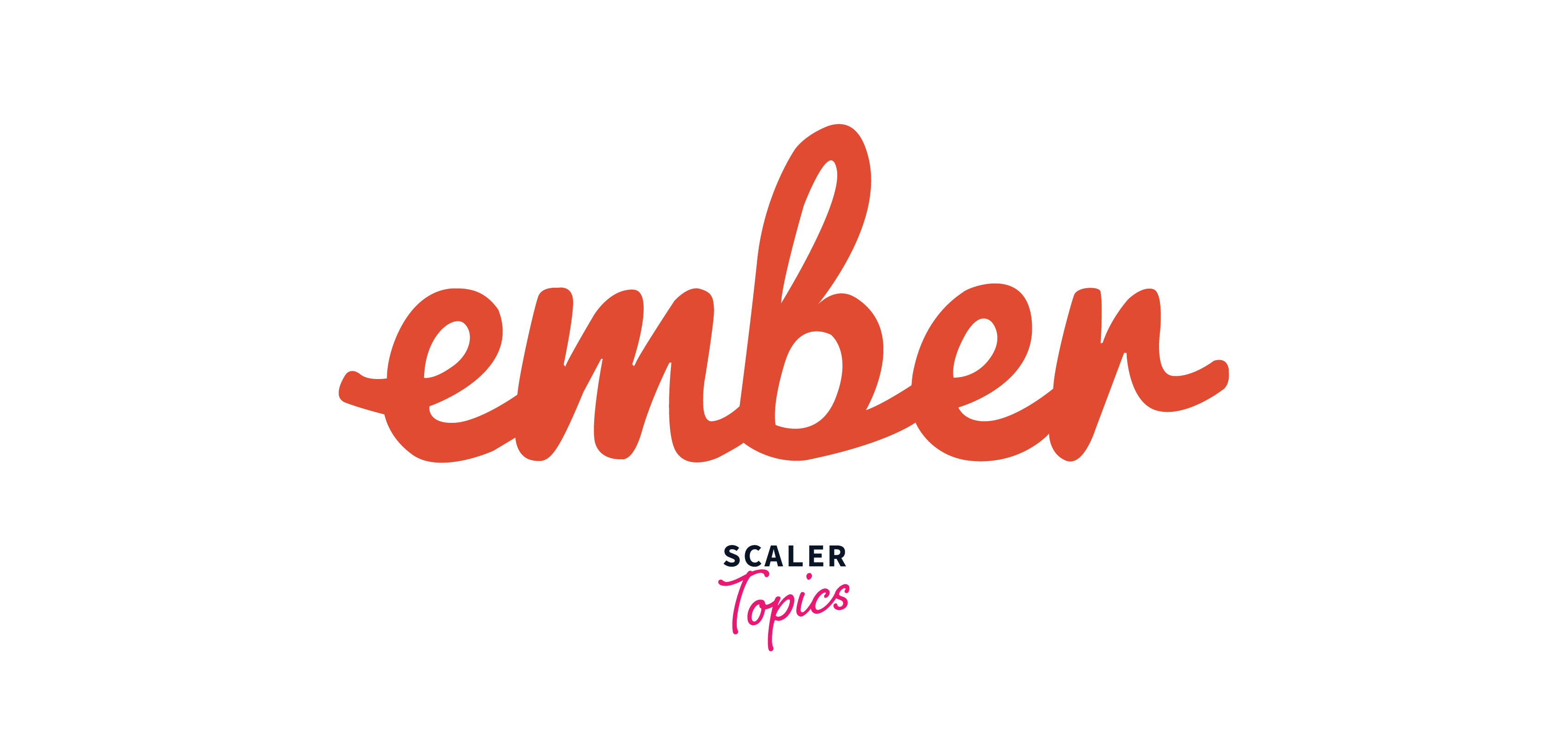
Benefits:
- Convention-over-configuration approach for faster development.
- Built-in features like routing, data management, and testing.
- Strong community and active development.
Use Cases:
- Large-scale web applications with complex data flows and state management.
- Projects requiring robust tooling and developer experience focus.
- Teams familiar with Ember's conventions and philosophy.
Node.js
Node.js is a runtime environment enabling server-side JavaScript execution. It uses a non-blocking I/O event-driven model, ensuring efficiency in building scalable and high-performance network applications.
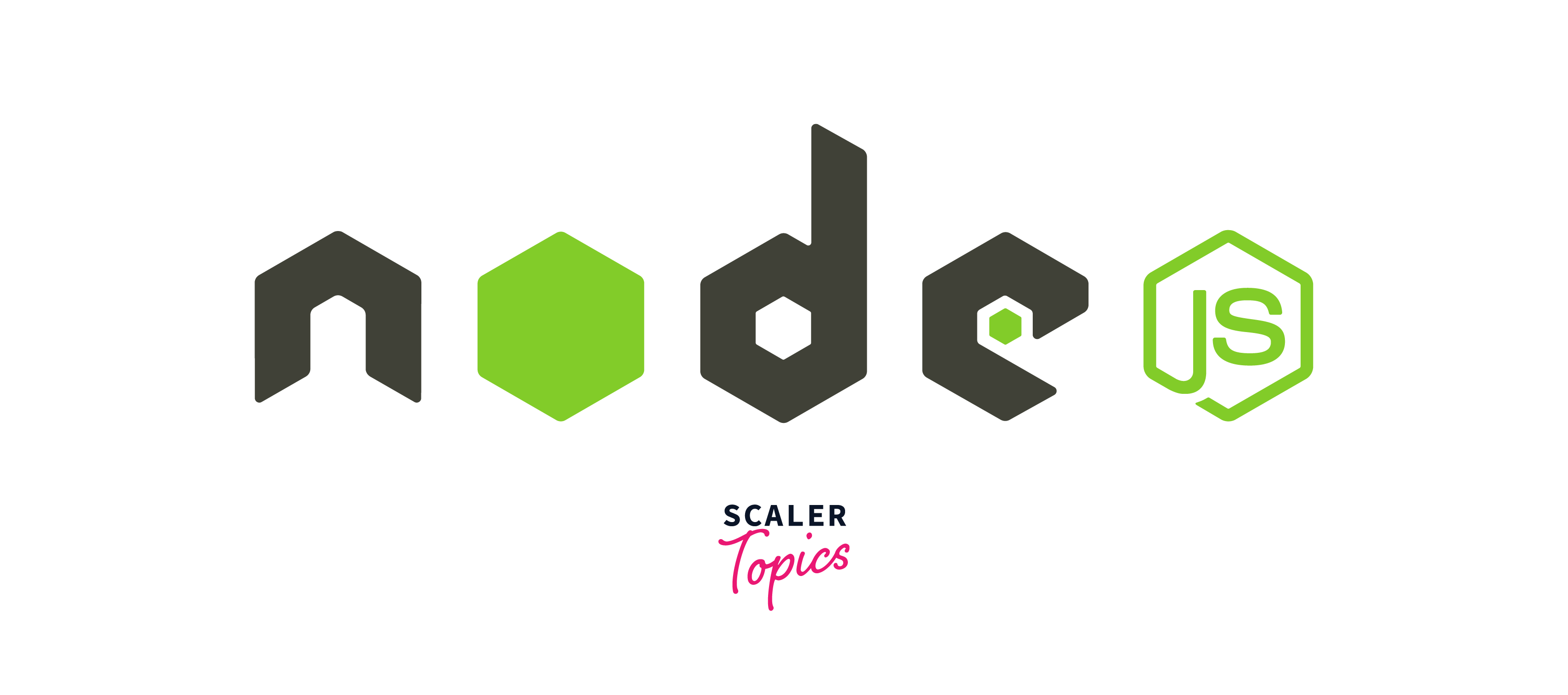
Benefits:
- Single language for both front-end and back-end development (with frameworks like Express.js).
- Event-driven architecture for high performance and scalability.
- Vast ecosystem of modules and libraries for diverse functionalities.
Use Cases:
- Building real-time applications and chat systems.
- Developing APIs for mobile and web applications.
- Creating server-side logic and data processing for web applications.
Learn more about NodeJs.
Backbone.js
Backbone.js is a lightweight JavaScript framework that provides the structure needed for building web applications and simplifies the synchronization of data between the server and the user interface.
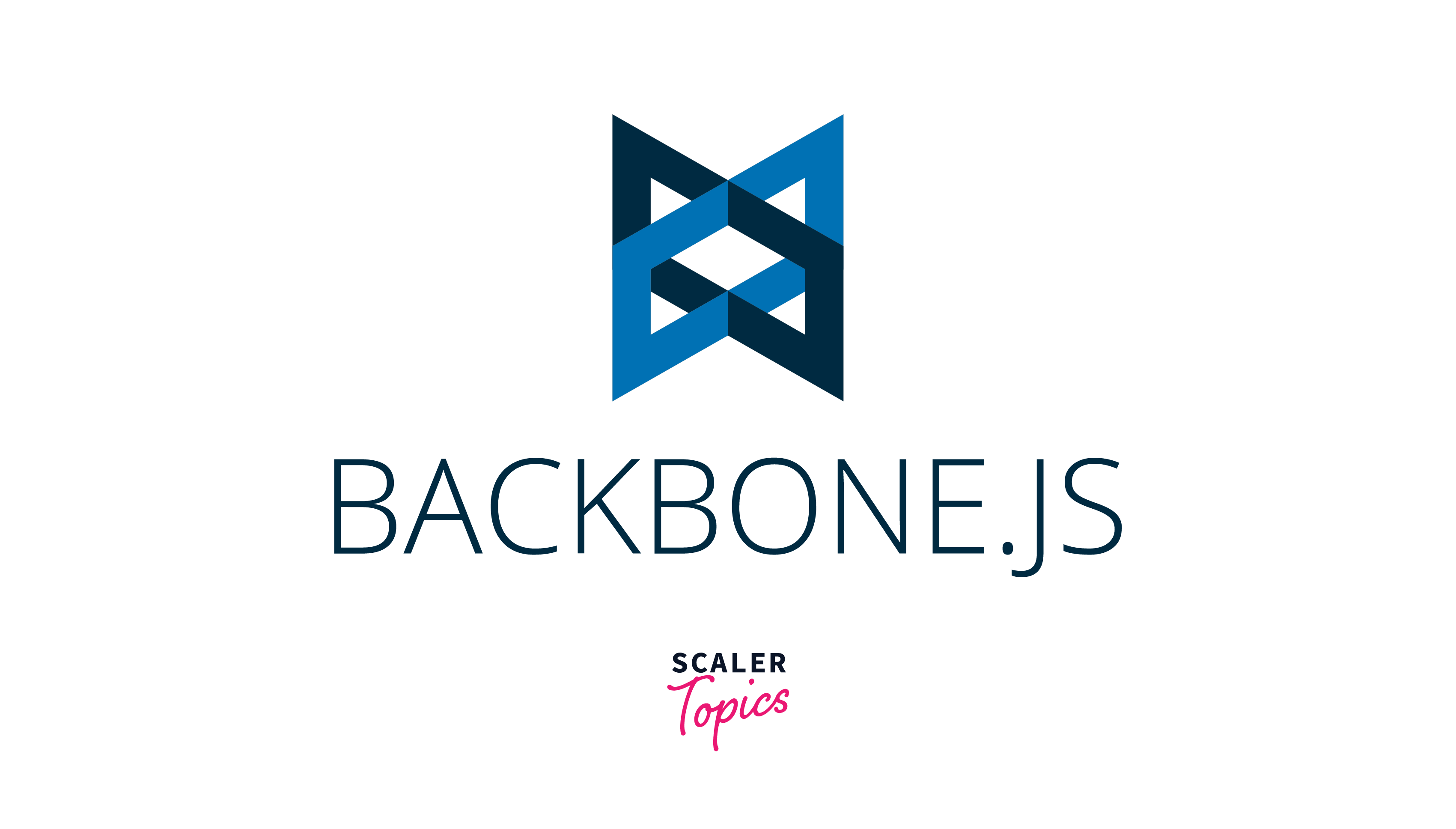
Benefits:
- Minimalistic structure, provides only the essential structure for building applications.
- Modular approach allowing customization and integration with other libraries.
- Easily integrated with other libraries and frameworks, making it versatile
Use Cases:
- Building smaller to medium-sized SPAs with specific feature needs.
- Integrating interactivity and data management into existing web pages.
- Projects requiring flexibility and control over framework usage.
Next.js
Next.js is a React framework that simplifies the process of building server-rendered React applications. It provides features like automatic code splitting, hot code reloading, and server-side rendering, enhancing the performance and SEO-friendliness of React applications.
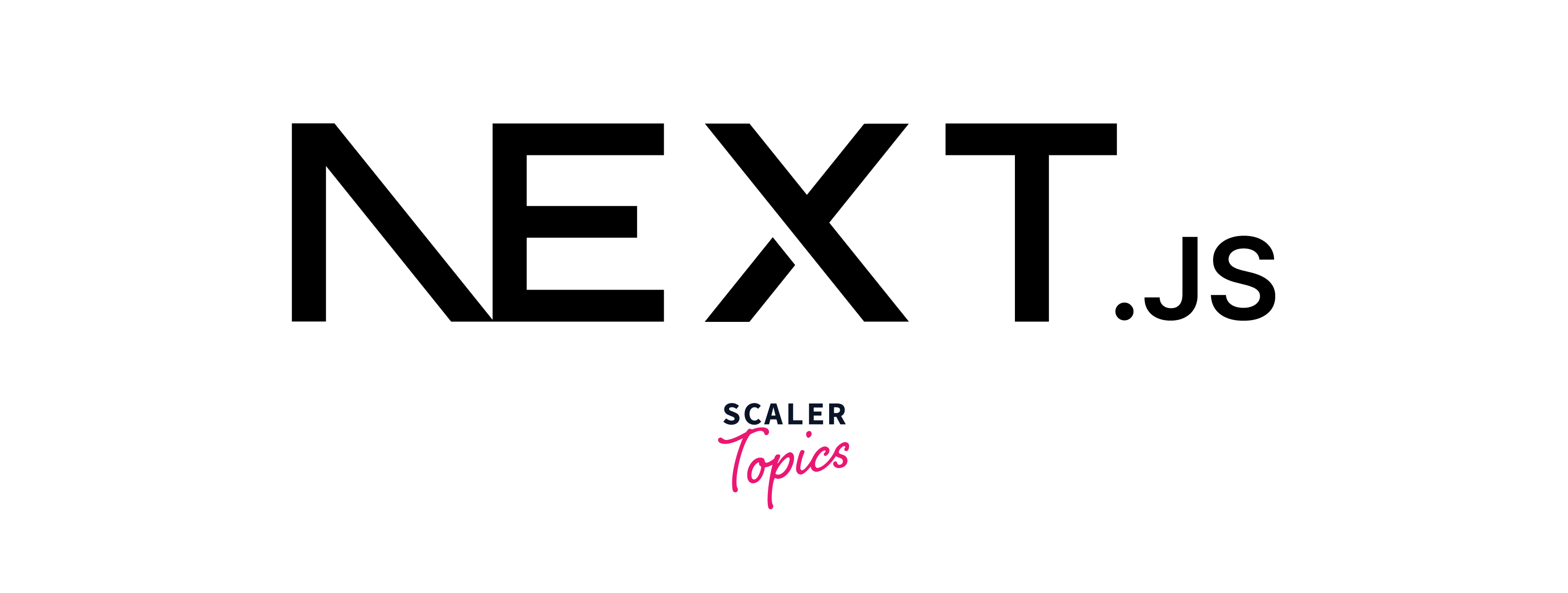
Benefits:
- Improved initial page load times with static site generation, allowing developers to pre-render pages.
- Enhanced search engine optimization(SEO) due to pre-rendered content.
- Routing and data fetching built-in.
Use Cases:
- Building performant and SEO-focused React applications.
- Creating e-commerce websites, blogs, and marketing landing pages.
- Leveraging React's component-based architecture with added performance benefits.
Learn more about creating applications with NextJs .
Express.js
ExpressJS, a lightweight Node.js web application framework, for the development of server-side applications and APIs through its flexible and scalable design.
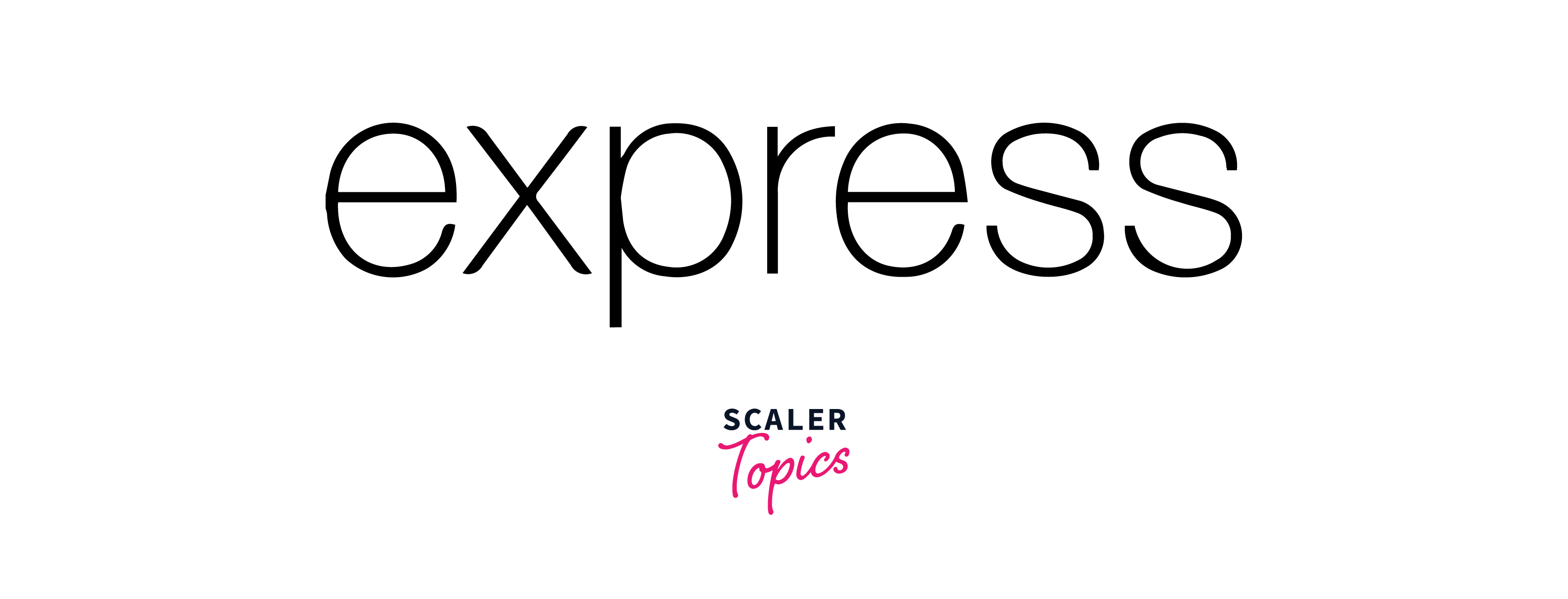
Benefits:
- Lightweight and middleware-based architecture, allowing for customization.
- Simple and intuitive routing mechanism for defining application endpoints.
- Highly scalable and suitable for building applications of any size, from small projects to large-scale enterprise applications.
Use Cases:
- Creating REST APIs that can be used by client-side applications for retrieving data, authentications, etc.
- Creating server-side logic and data processing for web applications.
- Prototyping and experimenting with Node.js quickly.
Learn more about creating backend APIs with ExpressJS.
Mocha
A javascript testing framework designed for making asynchronous testing simple in Node.js and the browser. It provides support for various testing styles and interfaces, making it highly flexible and adaptable to different testing needs.
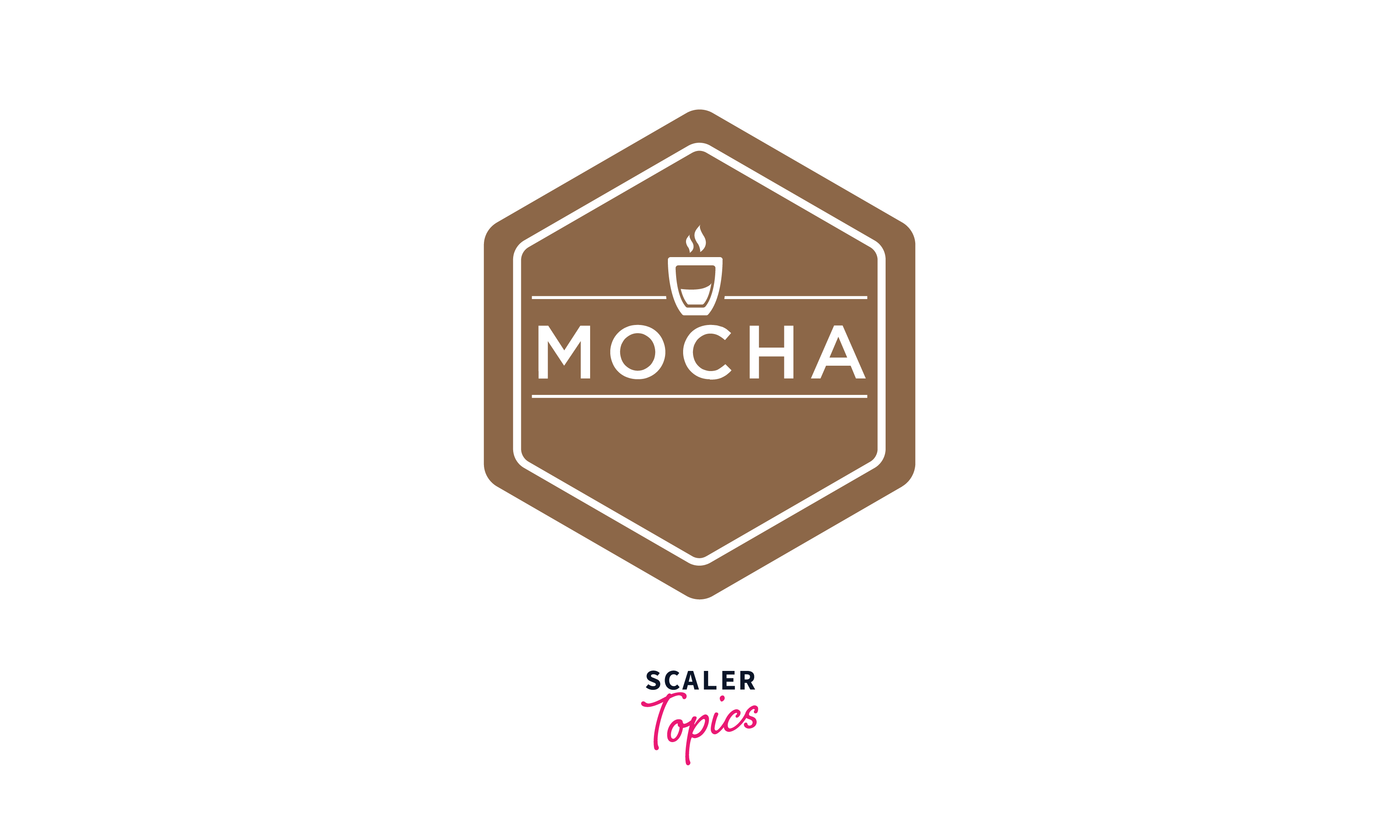
Benefits:
- Simple and flexible testing styles, including BDD (Behavior-Driven Development) and TDD (Test-Driven Development) for writing tests.
- Provide asynchronous testing support along with different libraries for the assertion of results.
- Extensible with plugins for code coverage and reporting.
Use Cases:
- Writing unit, integration, and end-to-end tests for JavaScript applications.
- Ensuring the quality of the code is of standards.
- Gaining confidence in code functionality before deployment.
FAQs
Q. What is the difference between a JavaScript library and a framework?
A. While libraries offer specific functionalities that developers can use at their discretion, frameworks provide a comprehensive structure, guiding the overall development process.
Q. Which is the most popular JavaScript library for DOM manipulation?
A. jQuery remains a popular choice for DOM manipulation due to its simplicity and cross-browser compatibility.
Q. How does Next.js enhance React applications?
A. Next.js introduces server-side rendering, automatic code splitting, and static site generation, improving performance, and SEO, and facilitating a smoother development experience for React applications.
Q. Is it necessary to use a testing framework like Mocha for my JavaScript projects?
A. While not mandatory, testing frameworks like Mocha help ensure code reliability, and maintainability and detect bugs early in the development process.
Conclusion
- A JavaScript library is a pre-written collection of functions and utilities that accelerates development by providing ready-made solutions for tasks like DOM manipulation, data handling, and animation.
- JavaScript libraries, like jQuery and Lodash, offer specific functions for tasks, enhancing DOM manipulation, and data handling.
- Underscore.js introduces functional programming concepts and the Algolia Places library provides efficient autocomplete suggestions for location-based services. Cleave.js simplifies input formatting in forms.
- A JavaScript framework is a pre-established structure that guides the development process by providing a set of tools, and architecture for building web applications.
- Frameworks, such as AngularJS and Vue.js, provide structured architectures, aiding in the development of scalable, maintainable web applications.
- Ember.js is a robust framework with a convention-based approach, simplifying the development of ambitious web applications and ensuring consistency across projects.
- Frameworks like Next.js help in the building of server-rendered applications, promoting scalability and improved SEO through features. ExpressJS is a minimalist Node.js for building backend server-side applications.
